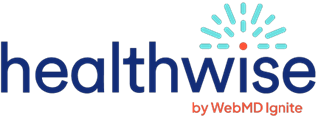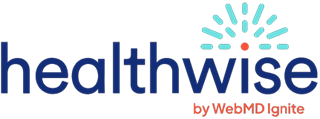What is it?
Coronary artery spasm happens when a coronary artery (a blood vessel that brings blood and oxygen back to the heart) suddenly spasms or narrows. This can cause angina. Angina is pain that is caused when the heart muscles don't get enough blood and oxygen. Sometimes severe spasms can lead to irregular heartbeats. They can even cause a heart attack and sudden death. Coronary artery spasm is also called vasospastic, variant, or Prinzmetal angina.
Coronary artery spasm most often occurs during rest. In fact, it often occurs at night during sleep, especially between midnight and early morning.
What are the symptoms?
The main symptom is a squeezing, crushing, or burning feeling in the chest. It may be described as a "discomfort." It's temporary, often lasting 5 to 30 minutes. Fainting may also occur. In some cases, there are no symptoms. This is called a “silent” spasm.
What puts you at risk?
Risk factors are things that make you more likely to have a certain condition. Coronary artery spasm has many key risk factors. These include:
- Smoking. This is the main risk factor.
- Plaque buildup in the arteries.
- Genetics.
- Insulin resistance.
Coronary artery spasm also occurs in people who don't have these risk factors.
How is it treated?
The main treatment for coronary artery spasm is medicine. This condition is not treated or prevented using bypass procedures or invasive procedures such as angioplasty or coronary artery stents.
Medicines may include:
If you are prescribed these or any other medicines, follow your doctor's instructions on how and when to take them.
How can you prevent it?
Lifestyle changes can help prevent spasms. Start by staying away from triggers. These are things that can prompt a spasm. They may include:
- Smoking.
- Using stimulant medicines and drugs. These include cocaine, some antimigraine medicines, and amphetamines.
- Changes in how the nervous system regulates the heart rate.
- Not getting enough magnesium.
- Emotional stress.
- Alcohol use.
- Exposure to cold.
- Migraines.
- Using medicine that causes the blood vessels to narrow.
- Having heart procedures. These include coronary angiogram and coronary artery stenting.
- Botulism, a bacteria that can be found in food.
Talk with your doctor about what you can do to reduce your risk for CAD. This may include eating healthy foods and starting an exercise plan. If you smoke, talk with your doctor about ways to stop.
Current as of: October 2, 2025
Author: Ignite Healthwise, LLC Staff
Clinical Review Board
All Ignite Healthwise, LLC education is reviewed by a team that includes physicians, nurses, advanced practitioners, registered dieticians, and other healthcare professionals.

